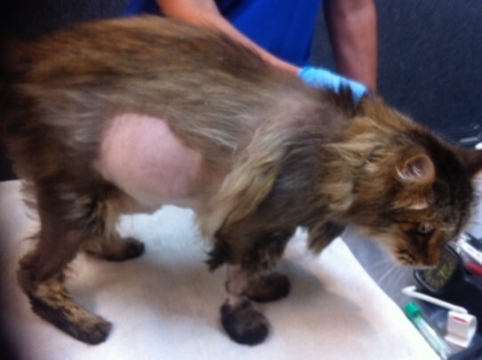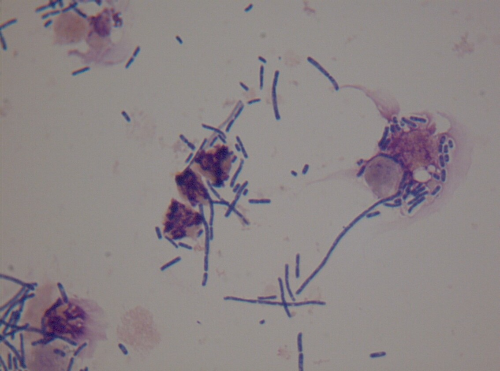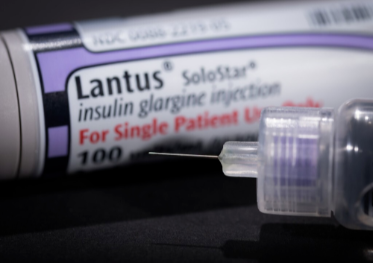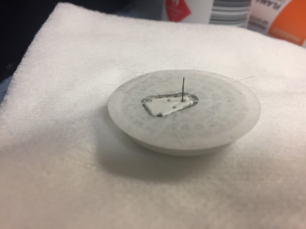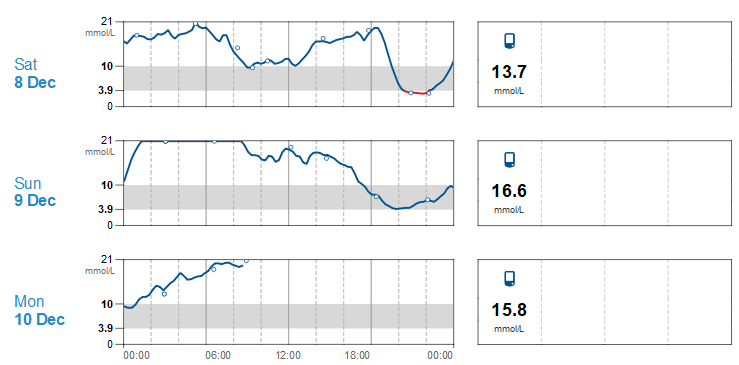Diabetes mellitus is caused by an absence or reduced sensitivity to the hormone insulin. It is one of the most common endocrine (hormonal) diseases in cats.
Insulin is produced by the pancreas (an organ in the body close to the liver). This hormone controls the use of glucose (sugar) in the blood. When large amounts of glucose are in your blood, the body produces insulin which tells the body cells to "absorb" the glucose and use it for energy. This helps to maintain normal blood glucose levels and energy for normal cell functions.
When the pancreas can not produce enough insulin or body cells are unable to use insulin to transport glucose into the cells and use it for energy, blood glucose levels increase.
Diabetes in cats can be diagnosed and managed successfully in most cases, however treatment can be complex and individual cats have varied requirements. It often takes time and treatment adjustments to achieve the right balance for each cat.


